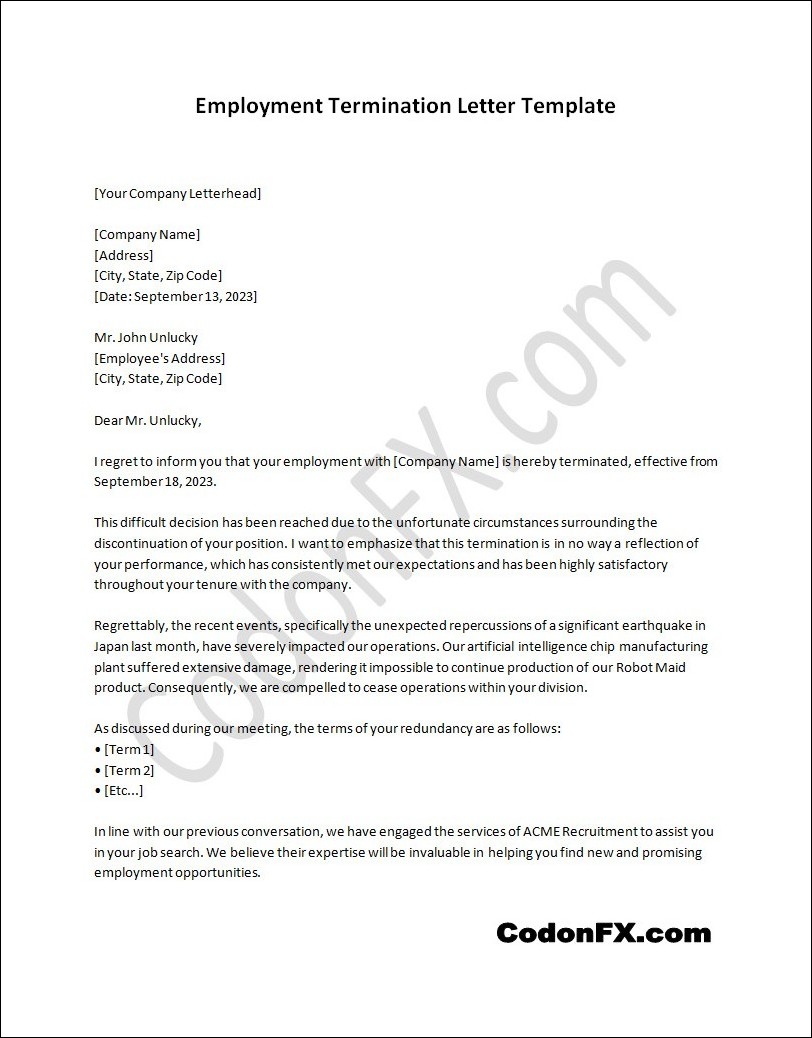
What is an employment termination letter?
An employment termination letter is a formal document that is used by employers to notify an employee about the termination of their employment. It outlines the reasons for the termination and provides important information such as the last working day, final paycheck details, and any additional benefits or compensation the employee may be entitled to. This letter serves as a legal record of the termination and helps both parties understand their rights and obligations.
The purpose of an employment termination letter is to ensure clarity and transparency in the termination process. By providing a written document, both the employer and the employee have a clear understanding of the reasons for termination and the terms of their separation. This helps to minimize misunderstandings or disputes in the future. Additionally, the letter can be referred to as a reference for future employment or legal matters.
There are several benefits of using an employment termination letter.
- It protects the rights and interests of both parties involved. It ensures that the termination is conducted fairly and lawfully and that all relevant legal requirements are met.
- The letter provides a platform for open communication between the employer and employee, allowing any concerns or questions to be addressed.
- The letter serves as a professional and respectful way to end the employment relationship, maintaining the reputation of both the employer and the employee in the job market.
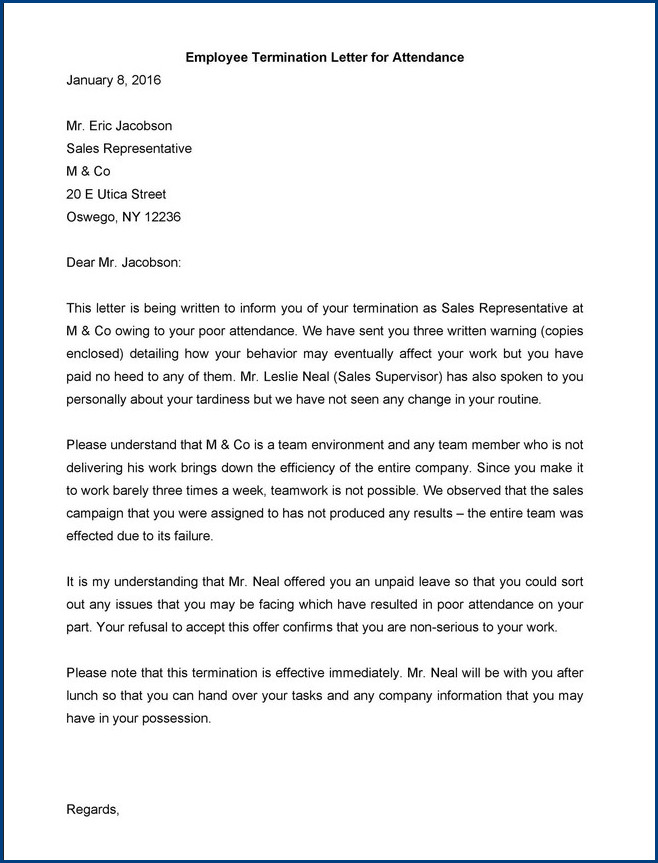
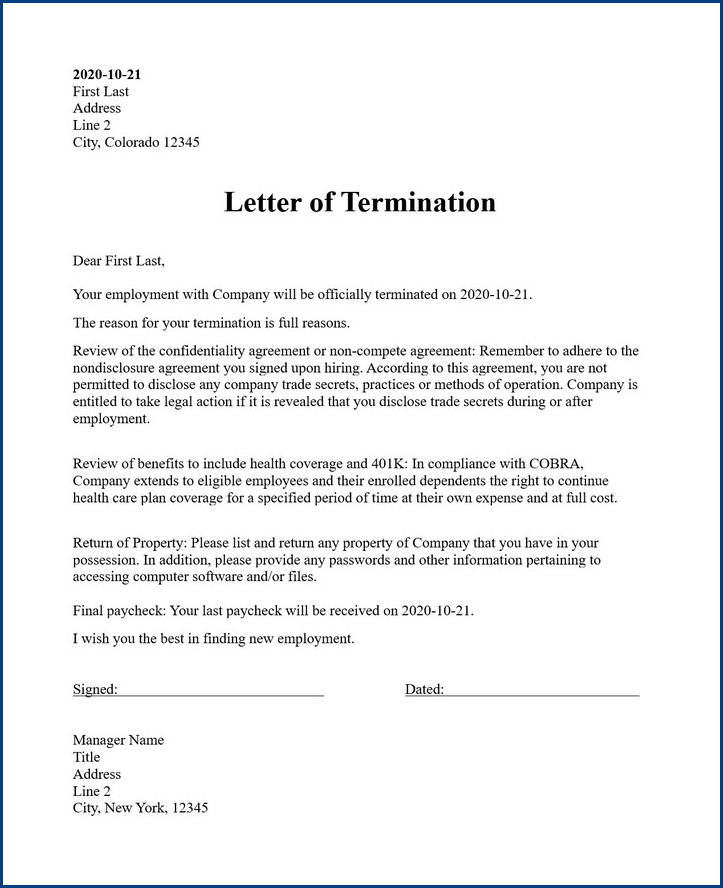
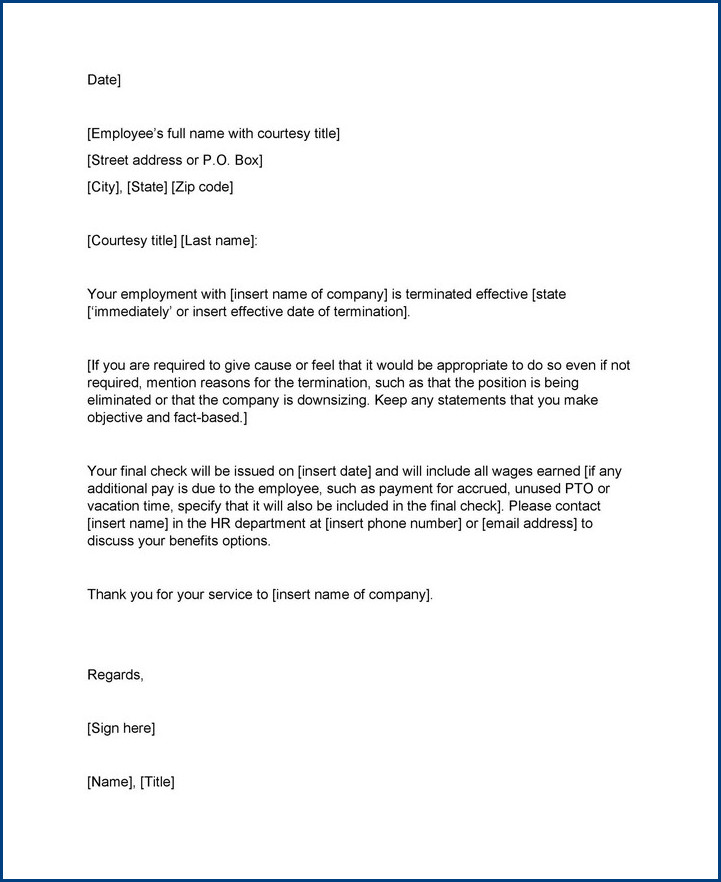
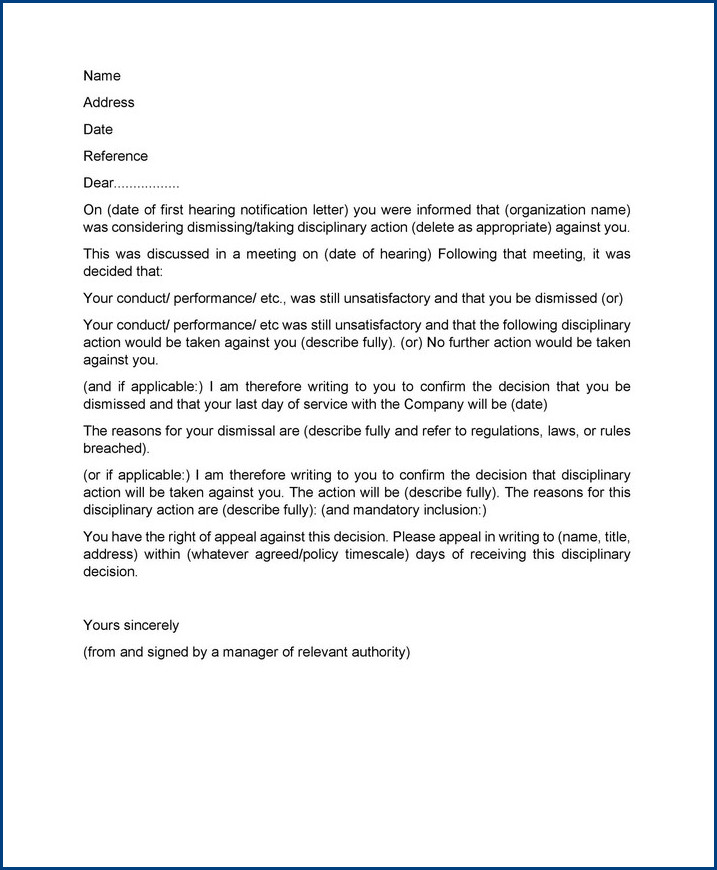
How do I write a letter of termination for employment?
Writing a letter of termination for employment is a sensitive and important task that should be handled with care and professionalism. Whether you are an employer or an employee, it is crucial to understand the proper format and content to include in such a letter. Here are some key steps to follow when writing a letter of termination for employment:
- Introduction: Begin the letter with a clear and concise statement that clearly states the purpose of the letter. Mention the employee’s name, position, and the company they work for.
- Reason for termination: Provide a brief but honest explanation for the termination. Be specific and avoid vague or general statements. Include any relevant details, such as performance issues, policy violations, or misconduct.
- Effective date of termination: Clearly state the date on which the termination will take effect. This is important for both the employer and the employee to have a clear understanding of when the employment relationship will end.
- Severance or benefits: If applicable, outline any severance package or benefits that the employee will be entitled to upon termination. This can include details about compensation, healthcare coverage, or any other relevant information.
- Return of company property: Specify any company property that the employee needs to return, such as keys, access cards, or equipment. Provide instructions on how and when to return these items.
- Next steps: Offer guidance on what the employee should expect after termination, such as information on final paychecks, COBRA benefits, or the process for collecting unemployment insurance.
What not to write in a termination letter?
When writing a termination letter, it is important to exercise caution and professionalism to ensure that the message is delivered appropriately. Certain things should never be included in a termination letter, as they can potentially lead to legal issues or damage the employer’s reputation. Here are some key points to consider when drafting a termination letter:
- Avoid personal attacks: It is crucial to maintain a respectful tone throughout the termination letter. Refrain from making personal attacks or using derogatory language towards the employee. Instead, focus on stating the facts and reasons for the termination clearly and concisely.
- Avoid vague or ambiguous language: Be specific and provide clear explanations for the termination. Using vague or ambiguous language can lead to confusion or misinterpretation, potentially resulting in legal repercussions. Clearly state the reasons for the termination, such as poor performance, misconduct, or violation of company policies.
- Avoid promises or guarantees: Do not make promises or guarantees in the termination letter that cannot be fulfilled. This includes promises of future employment or severance packages that the company may not be able to provide. It is important to be honest and transparent with the employee about their termination and any applicable benefits.
- Avoid discriminatory or biased language: Ensure that the termination letter does not contain any discriminatory or biased language. This includes any reference to an employee’s race, gender, age, religion, disability, or any other protected characteristic. The termination should be based on legitimate and non-discriminatory reasons.
It is always recommended to seek legal advice or consult with HR professionals to ensure compliance with applicable labor laws and regulations.
Employment Termination Letter Template | Word – Download